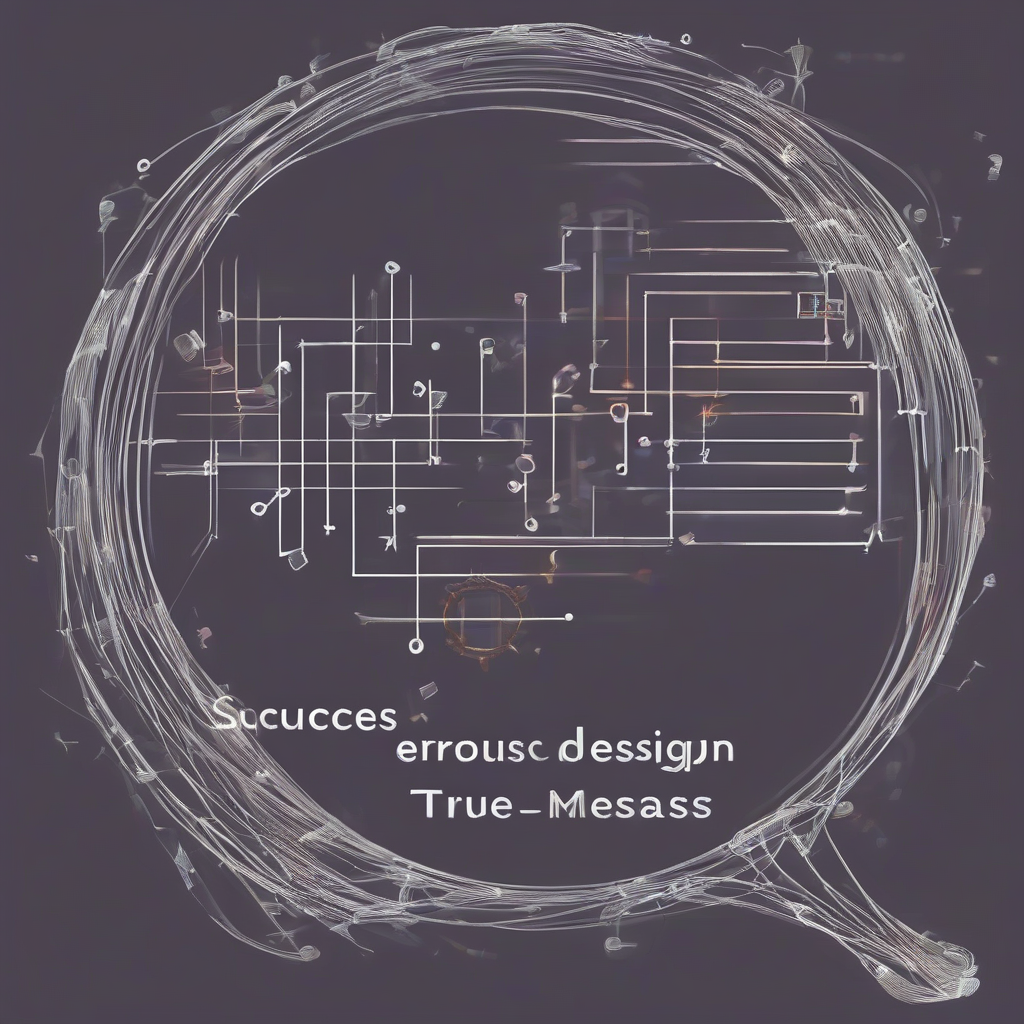Mastering Web Design: A Comprehensive Guide to Web Design Classes
The world of web design is constantly evolving, demanding continuous learning and adaptation. Whether you’re a complete beginner or an experienced designer looking to refine your skills, taking web design classes can significantly boost your career prospects and creative potential. This guide delves into the various aspects of web design classes, helping you navigate the options and choose the best path for your individual needs.
Types of Web Design Classes
Web design education comes in many forms, each catering to different learning styles and career goals. Understanding these variations is crucial in selecting the right fit.
- Online Courses: These offer flexibility and accessibility, allowing you to learn at your own pace and from anywhere with an internet connection. Popular platforms like Coursera, Udemy, edX, and Skillshare provide a wide array of web design courses, ranging from beginner-friendly introductions to advanced specializations.
- Bootcamps: Intensive, short-term programs designed to rapidly equip students with in-demand web design skills. Bootcamps typically involve a hands-on, project-based approach, emphasizing practical application over theoretical knowledge. They’re ideal for those seeking quick career transitions.
- University Degrees: Bachelor’s or Master’s degrees in web design or related fields offer a more comprehensive and theoretical understanding of the subject. These programs provide a strong foundation in design principles, programming, and user experience, often leading to advanced career opportunities.
- Workshops and Seminars: Shorter, focused sessions covering specific aspects of web design. These can be excellent for honing existing skills or learning new techniques in areas like UI/UX design, specific software applications (e.g., Adobe Photoshop, Figma), or front-end development.
- Community Colleges: Offer more affordable options compared to universities, providing certificate programs or associate degrees in web design. These programs often provide a balance between theoretical knowledge and practical application.
Choosing the Right Web Design Class: Key Considerations
Selecting the right web design class requires careful consideration of several factors:
- Your Skill Level: Beginners should opt for introductory courses or programs that build a strong foundation. Intermediate or advanced learners might benefit from specialized courses or workshops focusing on specific areas of interest.
- Learning Style: Consider your preferred learning environment. Do you thrive in structured classroom settings or prefer the flexibility of self-paced online learning? Hands-on projects or theoretical lectures?
- Career Goals: Your career aspirations should significantly influence your choice of class. If you aim for a specific role (e.g., UX designer, front-end developer), choose a program that aligns with those requirements.
- Curriculum: Carefully examine the curriculum to ensure it covers the skills and technologies relevant to your goals. Look for courses that include practical projects, real-world case studies, and opportunities for feedback and mentorship.
- Instructor Expertise: Research the instructor’s background and experience. A qualified and experienced instructor can make a significant difference in the quality of your learning experience.
- Cost and Time Commitment: Balance the cost of the program with the potential return on investment (ROI). Consider the time commitment required and ensure it fits your schedule and other obligations.
- Software and Tools: Verify whether the course provides access to necessary software or requires you to purchase it separately. Check compatibility with your existing hardware and software.
- Student Support: Look for programs that offer adequate student support, including access to instructors, teaching assistants, and online forums for peer interaction and assistance.
- Portfolio Development: A crucial aspect of web design is building a strong portfolio. Choose a program that emphasizes portfolio development and provides opportunities to showcase your work.
- Reviews and Testimonials: Read reviews and testimonials from previous students to gauge their experiences and satisfaction with the program.
Essential Skills Covered in Web Design Classes
Web design classes typically cover a range of essential skills, including:
- HTML (HyperText Markup Language): The foundational language for creating web pages. Classes typically cover HTML5, the latest version.
- CSS (Cascading Style Sheets): Used to style and format web pages, controlling elements like layout, colors, fonts, and responsiveness.
- JavaScript: A programming language that adds interactivity and dynamic functionality to websites.
- Responsive Web Design: Creating websites that adapt to different screen sizes and devices (desktops, tablets, smartphones).
- UI/UX Design: Understanding user interface (UI) and user experience (UX) principles to create user-friendly and aesthetically pleasing websites.
- Web Accessibility: Designing websites that are accessible to people with disabilities, adhering to WCAG (Web Content Accessibility Guidelines).
- Search Engine Optimization (SEO): Optimizing websites to improve their visibility in search engine results.
- Graphic Design Principles: Understanding fundamental design principles like typography, color theory, and visual hierarchy.
- Content Management Systems (CMS): Learning how to use popular CMS platforms like WordPress to manage and update website content.
- Version Control (e.g., Git): Managing and tracking changes to website code using version control systems.
- Web Design Software: Proficiency in using industry-standard design software such as Adobe Photoshop, Illustrator, Figma, Sketch, etc.
Advanced Topics in Web Design Classes
For those seeking advanced skills, web design classes might cover:
- Front-End Frameworks (React, Angular, Vue.js): Learning popular frameworks to build complex and interactive web applications.
- Back-End Development: Understanding server-side programming languages (e.g., PHP, Python, Node.js) and databases.
- Mobile App Development: Developing mobile applications for iOS and Android platforms.
- User Research and Testing: Conducting user research and testing to improve website usability and effectiveness.
- Interaction Design: Designing engaging and intuitive user interactions.
- Information Architecture: Organizing website content in a logical and user-friendly manner.
- Design Systems: Creating and maintaining consistent design systems for large-scale projects.
- Motion Design and Animation: Adding subtle animations and motion graphics to enhance the user experience.
- Data Visualization: Presenting data in a clear and engaging visual format.
- Web Performance Optimization: Improving website speed and performance.
Finding Web Design Classes: Resources and Platforms
Numerous resources are available for finding suitable web design classes:
- Online Learning Platforms: Coursera, Udemy, edX, Skillshare, Udacity, and LinkedIn Learning offer a vast selection of web design courses.
- Bootcamp Directories: Websites like Course Report and SwitchUp provide reviews and comparisons of web design bootcamps.
- University and College Websites: Explore the websites of universities and colleges offering web design programs.
- Community College Websites: Check the websites of local community colleges for certificate programs or associate degrees.
- Professional Organizations: Organizations like AIGA (American Institute of Graphic Arts) and the Interaction Design Foundation offer resources and courses.
- Local Events and Workshops: Attend local meetups, conferences, and workshops to network and learn about potential classes.
Benefits of Taking Web Design Classes
Enrolling in web design classes offers numerous advantages:
- Skill Development: Gain valuable skills in demand in the job market.
- Career Advancement: Boost your career prospects and earning potential.
- Portfolio Building: Create a strong portfolio to showcase your skills to potential employers.
- Networking Opportunities: Connect with other designers and industry professionals.
- Structured Learning: Benefit from a structured learning environment with guidance from experienced instructors.
- Access to Resources: Gain access to valuable resources such as software, tools, and learning materials.
- Increased Confidence: Build confidence in your web design skills and abilities.
- Personal Enrichment: Develop a valuable and creative skillset for personal projects.
Conclusion (Omitted as per instructions)




